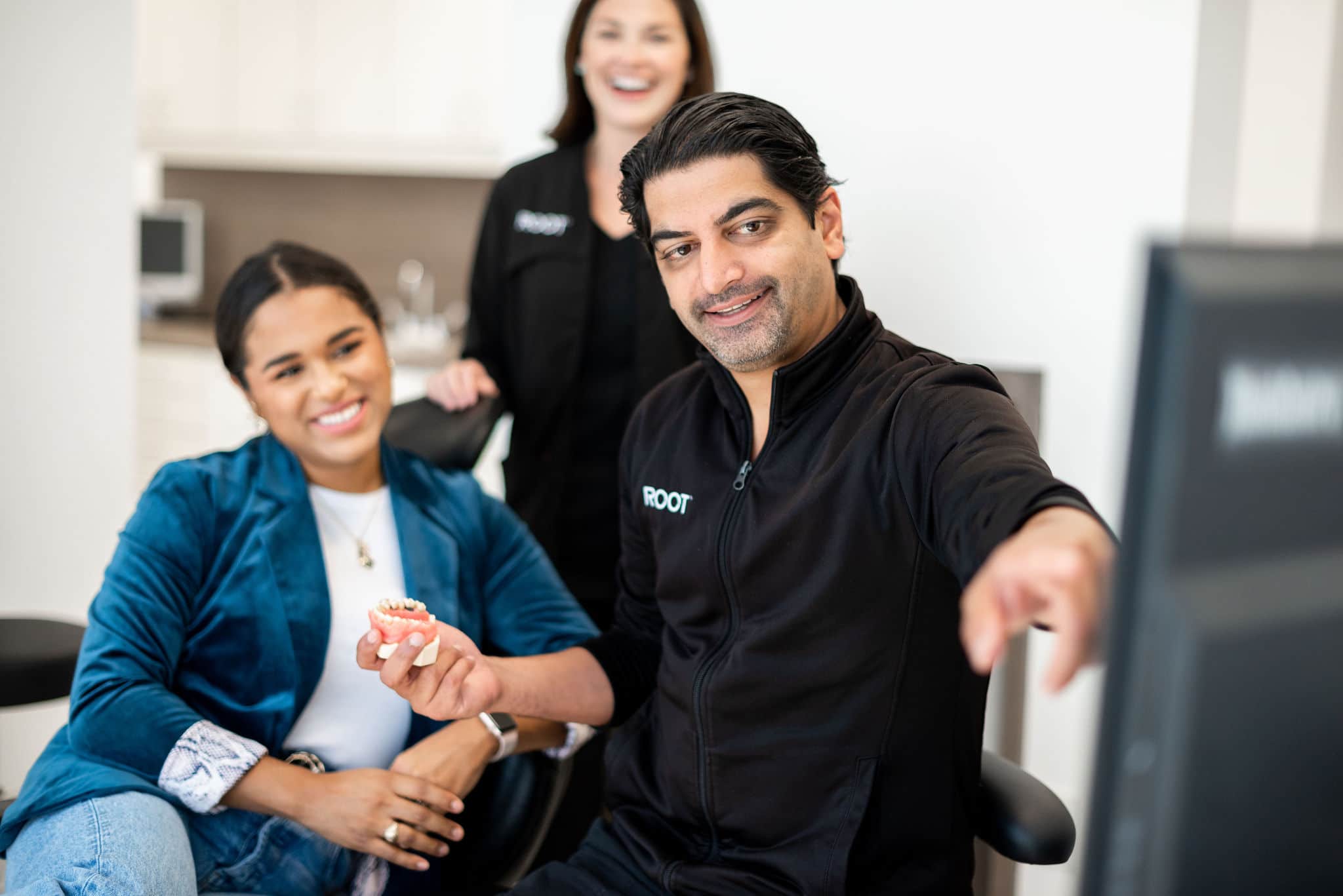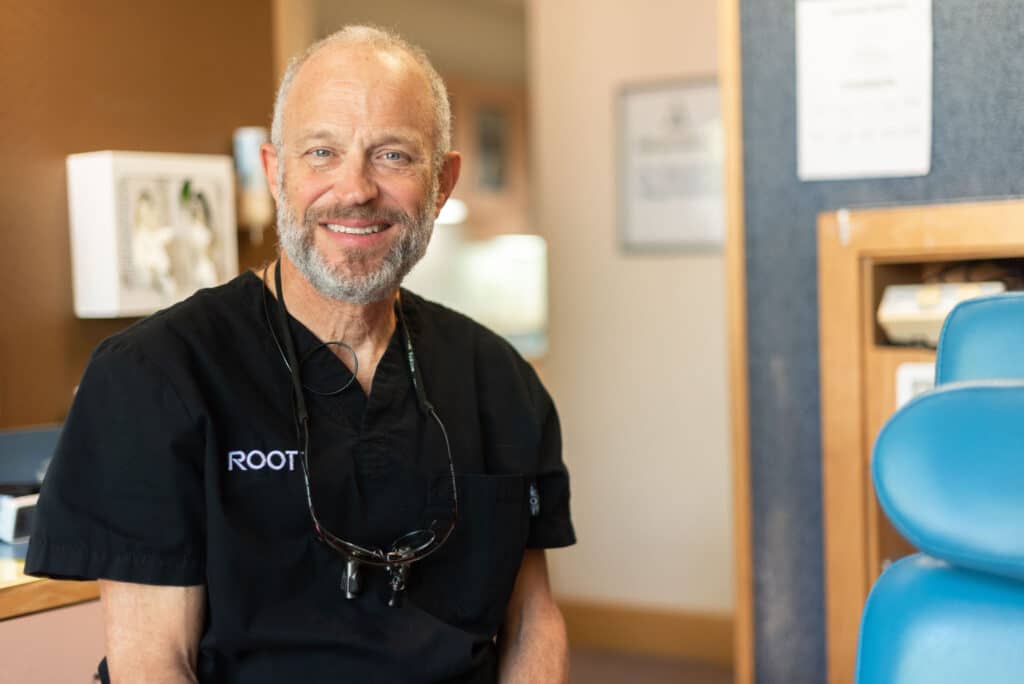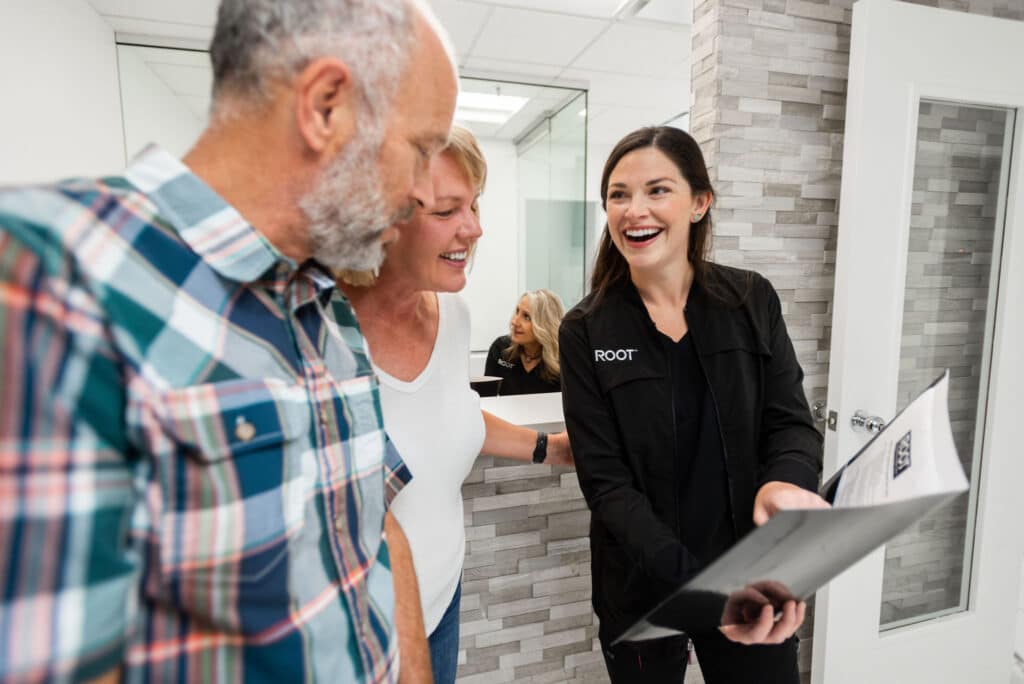Periodontal Anatomy – Periodontal Ligament
It is widely, and mistakenly, believed that gum tissue and bone hold the teeth in place. In reality, the periodontal ligament (PDL) serves as a soft tissue union between the tooth and bone. The PDL inserts into bone surrounding a tooth as well as the outer root surface layer (the cementum). Composed of various types of collagen and having a neurovascular component, the periodontal ligament is both very narrow and complex. Despite being called a ligament, the PDL does not function like those surrounding an articulating joint but do play an important role in a person’s overall oral health.
PDL Purpose
The periodontal ligament is only found between the tooth root and adjacent bone and does not support the outer gum tissues. The complex nature of the PDL tissue allows the tooth to properly function during chewing and to withstand the pressure from grinding or clenching. Allowing the tooth to adapt to the forces from habits such as bruxism (tooth grinding), the PDL enlarges when the tooth begins to move or loosen. After the forces on the tooth have diminished, the periodontal ligament will heal and decrease the tooth mobility.
Because the PDL aids in tooth eruption and tooth movement, orthodontic tooth movement is possible. A tooth would be immovable and function similar to an implant if it was connected directly to the bone. When a tooth has a direct union to the bone (known as ankylosis), it is not able to be moved and can result from the breakdown of an area of the periodontal ligament. Because the periodontal ligament holds the tooth in its socket, rather than a bone to tooth connection, the tooth is usually able to be extracted without removing any of the jawbone.
The periodontal ligament serves four functions:
Support: The periodontal ligament is a component of the periodontium that allows for the teeth to be attached to the surrounding alveolar bone via the cementum. PDL fibers also transmit and absorb forces between the teeth and alveolar bone.
Nutritive: Heavily anastomosed, the PDL ensures the vitality of the surrounding cells. Nutrients are transmitted through three blood vessel types: gingival vessels, perforating vessels, and apical vessels.
Sensory: Heavily innervated, the PDL involves nociception, mechanoreception, and reflexes.
Remodeling: The PDL contains progenitor cells which can differentiate into osteoblasts. These cells are believed to be for physiological maintenance and repair of the alveolar bone.
Periodontal Ligament: Oral Health Implications
One of the primary causes of bone destruction and periodontal ligament loss is advanced gum disease (periodontitis). When a patient develops periodontitis, the gum tissue recedes from the teeth creating pockets. Disease causing bacteria accumulate in the pockets leading to an infection that if left untreated, destroys bones, ligaments, and tissues in the mouth and could ultimately result in tooth loss. Once the PDL is lost, the adjacent bone is not attached to the tooth and therefore, unable to provide any support.
The periodontal ligament does not regenerate easily in any areas where it was lost and is prone to periodontal inflammation. Should a patient’s advanced gum disease have damaged the jawbone, placing a bone graft may be unsuccessful if the periodontal ligament is not also simultaneously restored.
